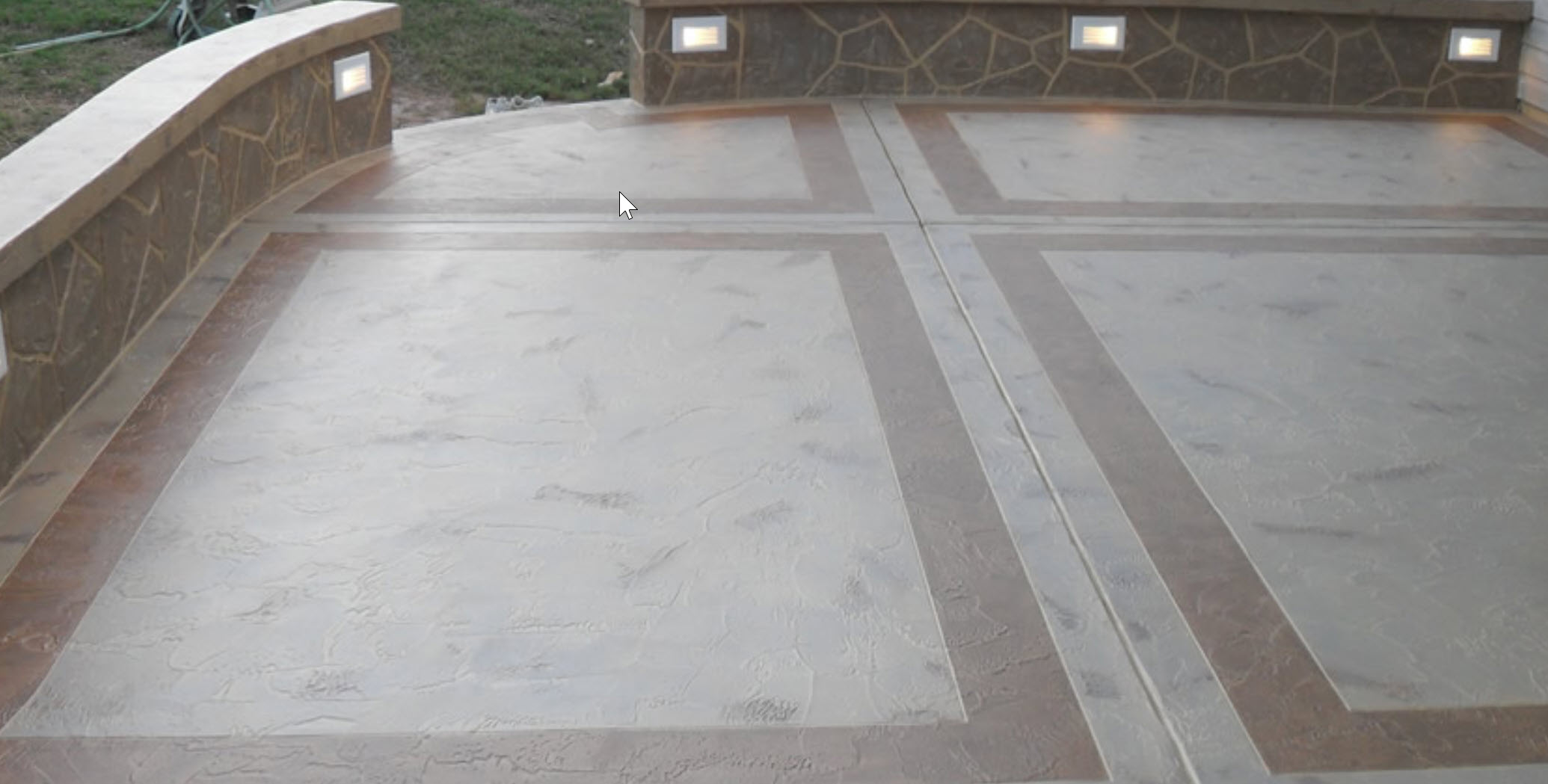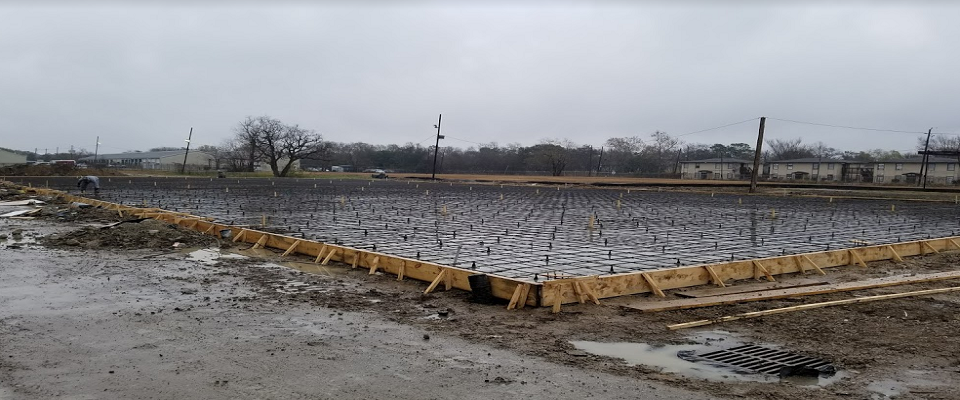Concrete Patios & Decks

Concrete patios and decks are two popular outdoor living spaces that offer homeowners different options for creating a functional and attractive area to relax, entertain, and enjoy the outdoors. Here are some key differences and considerations for each:
- Material: Concrete patios are made of poured concrete, while decks are typically made of wood or composite materials.
- Durability: Concrete patios are extremely durable and can last for decades with proper maintenance, while decks may require more maintenance and may need to be replaced after a certain number of years.
- Cost: Concrete patios are generally more affordable than decks, especially when considering the long-term cost of maintenance and replacement.
- Design options: While decks offer more design flexibility, with options for multi-level designs, built-in seating, and other features, concrete patios can also be customized with different finishes and decorative elements like stamping, staining, and scoring.
- Safety: Decks may be more dangerous than concrete patios due to the risk of slips and falls, particularly when wet or icy. However, proper maintenance and non-slip coatings can help mitigate this risk.
Ultimately, the choice between a concrete patio and a deck will depend on your personal preferences, budget, and lifestyle. Consider your priorities for outdoor living and consult with a professional to determine which option is best for you.
Concrete Patio Construction Process
Concrete patios are typically constructed using the following steps:
- Planning: The first step in constructing a concrete patio is to plan the size, shape, and location of the patio. You may want to consider factors such as the amount of sun and shade in the area, the desired use of the patio, and any landscaping or other features that need to be incorporated into the design.
- Site preparation: Once you have a plan for your concrete patio, the site will need to be prepared. This may include clearing the area of grass, rocks, and other debris, and ensuring that the site is level and properly graded to prevent water from pooling on the patio.
- Forms: Next, wooden or metal forms are used to create the outline of the patio. These forms are secured in place using stakes, and may be used to create any desired curves or angles in the design.
- Base layer: A base layer of gravel or crushed stone is then added to the site to create a stable foundation for the patio. This layer is typically several inches thick and is compacted to ensure a solid base for the concrete.
- Reinforcement: If desired, reinforcement such as rebar or wire mesh may be added to the base layer to increase the strength of the concrete.
- Pouring: Once the site is prepared and the forms are in place, the concrete is poured into the forms. This may be done using a concrete mixer or by hand, depending on the size of the patio.
- Finishing: Once the concrete is poured, it is smoothed and leveled using a trowel. Additional finishing techniques may be used, such as stamping, staining, or scoring, to create a decorative surface for the patio.
- Curing: After the concrete has been finished, it must be allowed to cure for several days to ensure that it is fully hardened and durable. During this time, the concrete may be covered with plastic or other materials to protect it from the elements and help it to cure more evenly.
With proper planning and construction, a concrete patio can provide a durable and attractive outdoor living space for many years to come.



